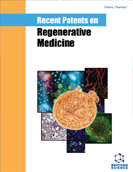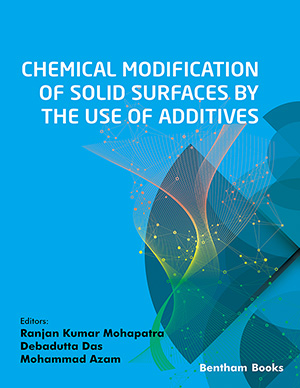Abstract
Since the first report on induced pluripotent stem (iPS) cells in 2006, iPS cells have attracted great public attention and research interest. Like embryonic stem (ES) cells, iPS cells are capable to self-renew infinitely, and maintain the developmental potential to differentiate into any types of cells in the body. More importantly, derivation of iPS cells is independent of embryos, circumventing the ethic issue tightly bound with ES cells. Thus, iPS cells seem to be a promising cell source for regenerative medicine. In this review, we summarize the recent patents and progress in derivation of iPS cells.
Keywords: Pluripotency, induced pluripotent stem (iPS) cells, embryonic stem (ES) cells, regenerative medicine, spinal cord injuries, acute myocardial infarctions, neurological disorders, cell fusion, transcription factor, blastocysts, Yamanaka factors, cell-replacement therapy, germ-line transmission, drug-resistance genes, tumorigenicity, exogenous genes, Adenoviruses, Sendai viruses, embryonic fibroblast, adult fibroblast, histone methyltransferase, 5-aza-cytidine (AZA), keratinocytes, Adult human adipose stem cells (hASCs), disease-specific pluripotent stem cells, pancreatic exocrine cells, cardiomyocytes, lentiviral vectors, dental pulp stem cells, hematopoietic cells
 68
68







